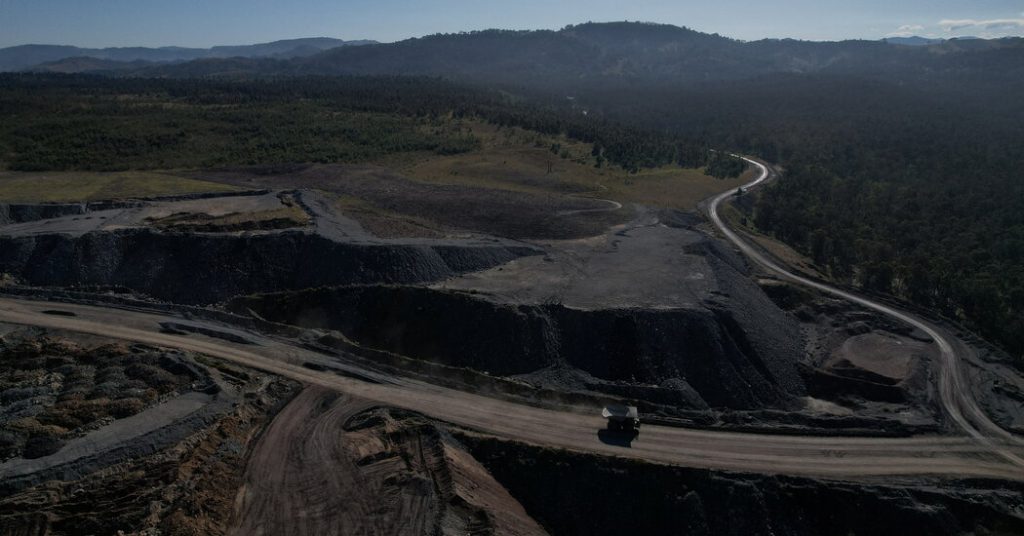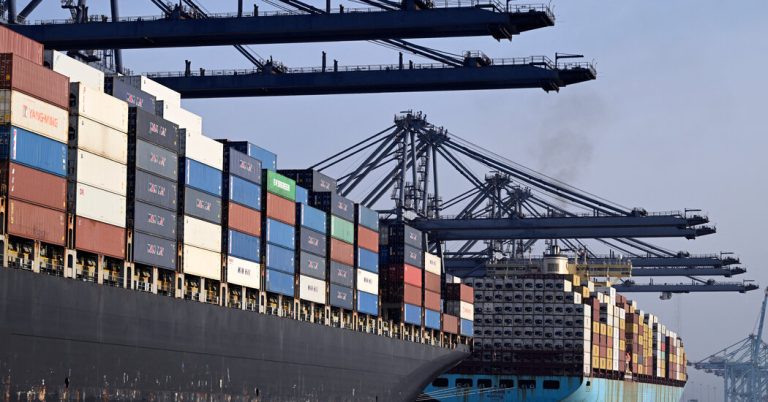Few voters have as much power over climate change as an Australian citizen.
Among democracies, only the United States and Canada come close to Australia in terms of per capita greenhouse gas emissions. The country is also one of the world’s biggest exporters of planet-warming fossil fuels, selling coal, the most polluting fossil fuel, as well as natural gas, in vast quantities to Asian countries.
When the country holds national elections on Saturday, polls indicate that climate change won’t be top of mind for many. But the leading candidates, from the Labor Party and the Liberal-National Coalition, have starkly different climate and energy policies.
Front and center is the country’s reliance on an aging fleet of coal plants to generate its electricity.
“Even if it weren’t for climate change, that fleet needs to be retired,” said Andrew Macintosh, a professor of environmental law and policy at the Australian National University. “On one side you have Labor, which is proposing to keep ramping up renewables, and on the other you have a conservative coalition pushing nuclear.”
Both approaches would result in emissions reductions, Mr. Macintosh said, but the nuclear plan has left many scratching their heads. Nuclear power plants can take more than a decade to build, while renewables can be rolled out in months.
“You’d have to keep the coal running for many additional years,” he said, “which would be both expensive and polluting.”












